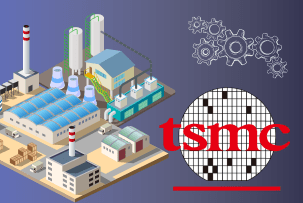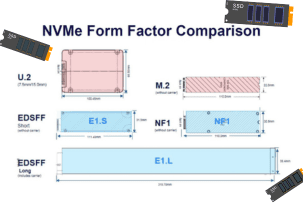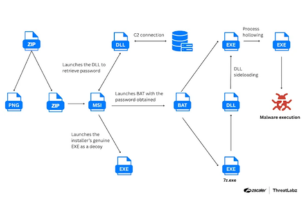Micron Officially Notified Customers of the Discontinuation of DDR4 Supplies
15:28, 16.06.2025
Major chip manufacturer Micron has sent official notifications to its customers about the imminent discontinuation of DDR4 memory production. According to the company's statement, supplies will gradually decrease over the next six to nine months, after which the product will reach End of Life (EOL) status. This marks the end of the DDR4 era — a memory format that has been the industry standard for a decade.
Samsung and CXMT Are Also Leaving the DDR4 Segment
Micron is not the only manufacturer abandoning DDR4. Back in April, Samsung announced that it would discontinue production of these modules, focusing on more modern and profitable solutions: DDR5, LPDDR5, and HBM. Chinese company CXMT, which reached its peak in DDR4 production last year, also announced a complete transition to new types of memory.
DDR4 Prices Have Skyrocketed by 50%
Despite the decline in production, demand for DDR4 remains high. Against the backdrop of limited supply, memory prices have already begun to rise sharply — in May, the cost of DDR4 modules increased by 50%. According to Micron's business director, Sumit Sadana, further supply disruptions could lead to DDR4 becoming more expensive than even the more modern DDR5 and LPDDR5 chips.
Micron Will Reserve DDR4 for Critical Customers
In its statement, Micron clarified that part of its production will be reserved for long-term partners in the automotive, industrial, and telecommunications sectors, where supply stability is critical. However, the company is encouraging other customers to switch to the new generation of memory to avoid shortages and price risks.
Growing AI Demands and New Standards in the Device Market
At the same time, the market is seeing a gradual increase in RAM requirements. This is due to the introduction of AI functions and the increasing complexity of software. For example, Apple has abandoned the 8 GB configuration in the new MacBook Air in favor of full support for Apple Intelligence. Similarly, smartphone manufacturers have begun to switch en masse to 12–16 GB of RAM, even in mid-range devices.


